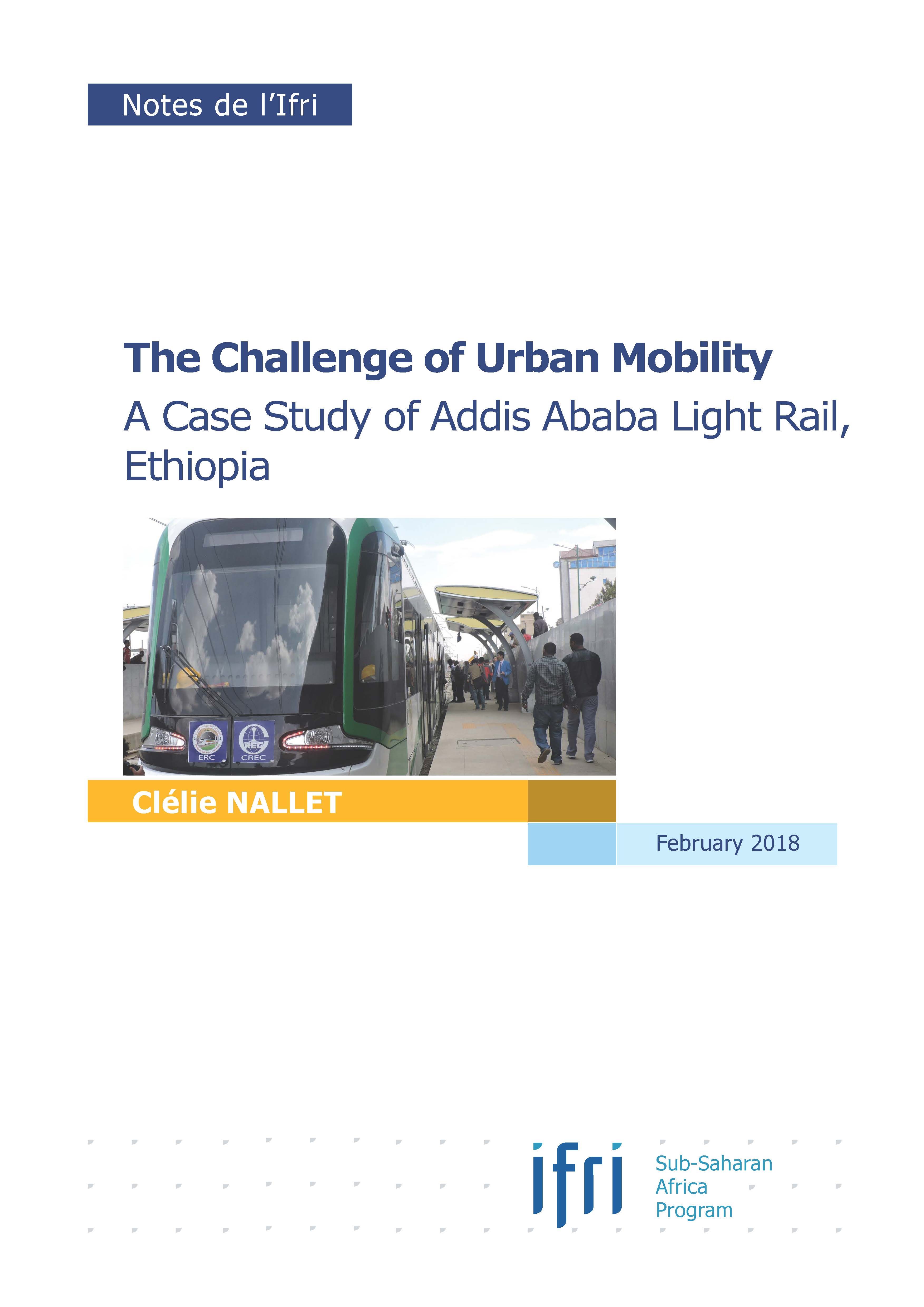The Challenge of Urban Mobility. A Case Study of Addis Ababa Light Rail, Ethiopia

In September 2015, Addis Ababa introduced the first Light Rail Transit system (LRT) in sub-Saharan Africa. This tram, a symbol of Ethiopian renewal, was nevertheless barely used by the capital’s residents during the first few months. However, at the time of our research trip in April 2017, access to the tram during rush hour was difficult and the trams were overcrowded.

Looking beyond communication and anecdote, the introduction of this tram – raising the issue of mobility in cities which are changing very quickly – is at the heart of the issues of social and economic changes on the continent, and particularly urban development. As for the tram, it concentrates on, or even perhaps reconciles, the major issues of these rapid urban changes. On the one hand, it is typical of the “city showcase” policy, a symbol of professed modernity and attractiveness. The symbol is strengthened by its unique nature: the first light rail transit in sub-Saharan Africa and it aspires to be a model for the entire continent. On the other hand, it aims to connect remote areas to central districts efficiently, by its speed, but also by its social accessibility. Indeed, the affordable cost of tickets, largely subsidised by the public authorities, could help to promote the mobility of residents in precarious situations. Does the Addis Ababa tram combine the professed modernity and a response to the fundamental social issues?
Download the full analysis
This page contains only a summary of our work. If you would like to have access to all the information from our research on the subject, you can download the full version in PDF format.
The Challenge of Urban Mobility. A Case Study of Addis Ababa Light Rail, Ethiopia








